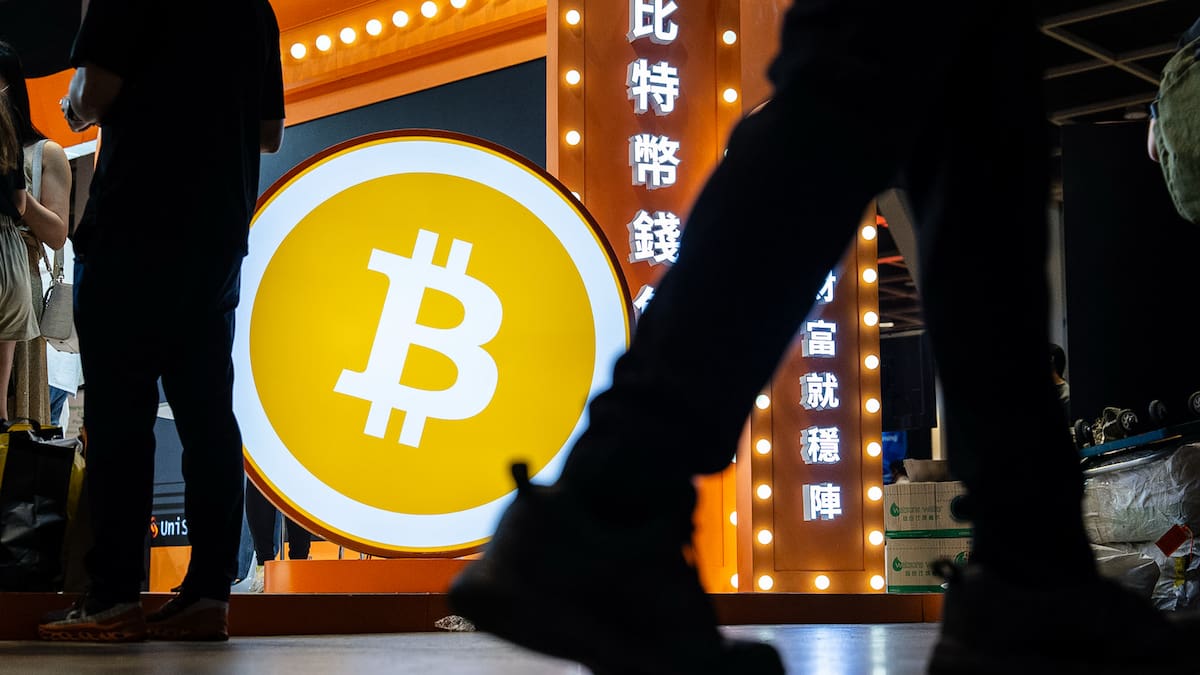“Perp open interest is back at its October peak,” said Vetle Lunde, head of research at K33. “That systematically increases the risk of squeezes ahead.
It all happened as Bitcoin slid below US$98,000. Instead of buying immediately, many traders had placed resting limit orders – instructions to buy automatically if the price dropped to a specific level, in hopes of catching the knife. The idea was to grab Bitcoin at a discount and ride a rebound. But prices kept falling, triggering those orders and creating real, leveraged exposure just as the market turned lower.
This unusual combination – elevated leverage with no follow-through price rebound – has left the market fragile.
The downturn began with a violent liquidation cascade on October 10, when more than US$19b in derivative positions were wiped out in a single session. Since then, crypto exchange-traded fund flows have reversed, digital-asset treasury firms have pulled back, and institutional demand has faded, with many funds now trading near or below their average entry levels.
The current setup – risk-taking by smaller traders alongside retreating institutional flows – is one K33 has seen before. In seven prior episodes with similar dynamics, Bitcoin declined in six. The average one-month drop: 15%.
Today, the split in sentiment is stark. Activity on the Chicago Mercantile Exchange, a futures market favoured by US institutions, remains quiet, with premiums narrow. Meanwhile, exchanges like Binance have seen rising bullish exposure – likely underscoring the divide between retail and institutional outlooks on whether a rebound is near.
“The October 10 liquidation event created a significant liquidity vacuum that the market still hasn’t recovered from,” said Satraj Bambra, CEO of hybrid exchange Rails. “There simply aren’t sufficient new buyers stepping in to absorb supply, and we’re seeing more sellers than buyers across spot and derivatives markets.”
Compared with the October crash, the current level of leverage looks more restrained. Open interest in perpetual futures is outsized but this time round, liquidation volumes have been modest and price declines more orderly. According to Lunde, that suggests traders may be using more conservative bets, at least for now. Still, metrics like open interest and funding rates only capture part of the market’s structure – and they point to pressure, not relief.

